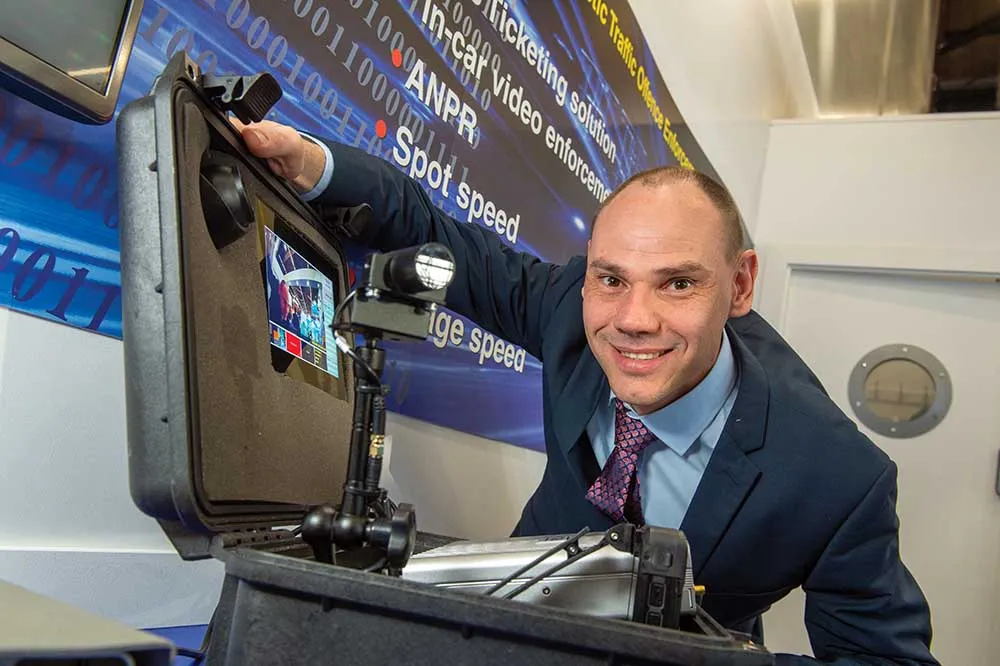UK-based provider of traffic enforcement software StarTraq is to supply North Yorkshire Police (NYP) with its safety camera back office solution Dome (Dynamic Offence Management and Enforcement) to administer the increased number of traffic violations in the region more efficiently. According to StarTraq, the robust and scalable Dome software will automate several processes and thereby reduce the chance of human error to a minimum. In addition, the significant decrease in manual and administrative activiti
March 4, 2013
Read time: 2 mins
UK-based provider of traffic enforcement software 127 StarTraq is to supply North Yorkshire Police (NYP) with its safety camera back office solution Dome (Dynamic Offence Management and Enforcement) to administer the increased number of traffic violations in the region more efficiently.
According to StarTraq, the robust and scalable Dome software will automate several processes and thereby reduce the chance of human error to a minimum. In addition, the significant decrease in manual and administrative activities will allow NYP’s enforcement officers to spend more time on actual enforcing.
The system’s embedded flexible and powerful reporting platform contributes to improvements in the operational standards of a police force. Through the Dome reporting module, NYP will be able to retrieve extensive details of its central ticket office performance within any given time frame, either for statistical and reporting reasons or for resource and procurement planning.
Chris Hennebry, sales account manager at StarTraq, explains, “The Dome accepts a multitude of data input mechanisms, enabling NYP to efficiently and accurately process all road traffic offences, including those captured on video clips. This and the Dome’s seamless integration with the Police National Computer and PentiP will significantly reduce the time it takes North Yorkshire Police to successfully process a single offence.”
According to StarTraq, the robust and scalable Dome software will automate several processes and thereby reduce the chance of human error to a minimum. In addition, the significant decrease in manual and administrative activities will allow NYP’s enforcement officers to spend more time on actual enforcing.
The system’s embedded flexible and powerful reporting platform contributes to improvements in the operational standards of a police force. Through the Dome reporting module, NYP will be able to retrieve extensive details of its central ticket office performance within any given time frame, either for statistical and reporting reasons or for resource and procurement planning.
Chris Hennebry, sales account manager at StarTraq, explains, “The Dome accepts a multitude of data input mechanisms, enabling NYP to efficiently and accurately process all road traffic offences, including those captured on video clips. This and the Dome’s seamless integration with the Police National Computer and PentiP will significantly reduce the time it takes North Yorkshire Police to successfully process a single offence.”










